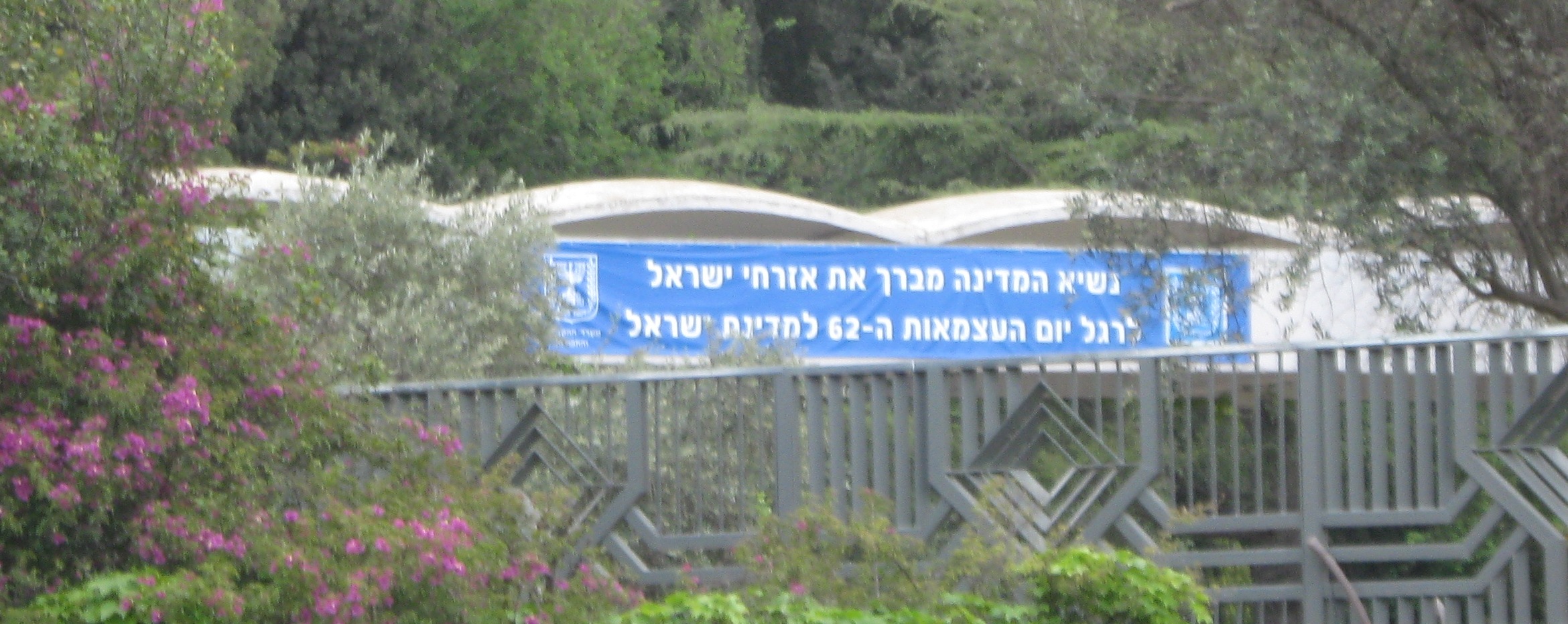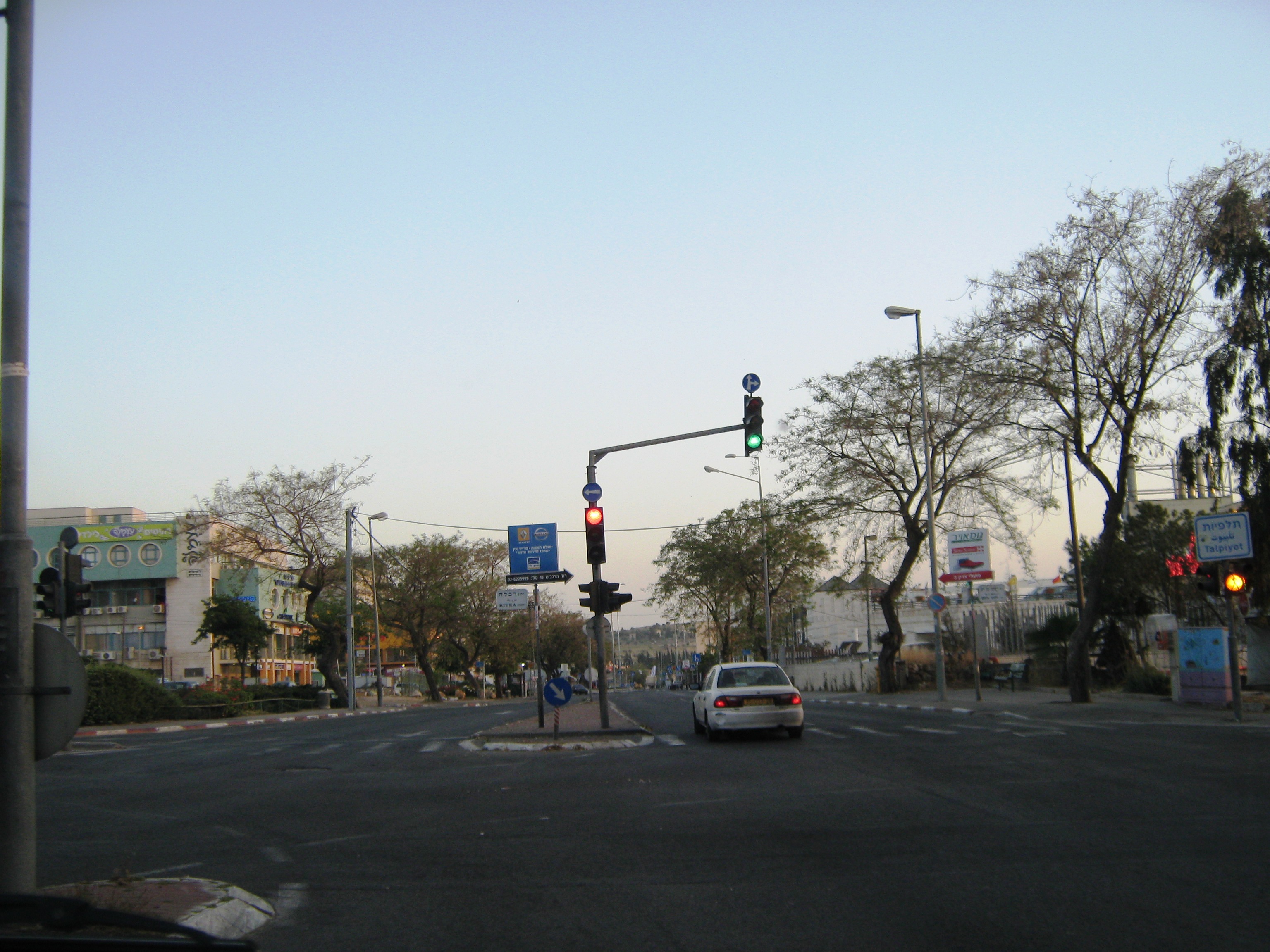United States special envoy George Mitchell came and went,
Earth Day and an hour of “lights out” came and went,
a day of April showers came and went,
protesters in Silwan came and went,
and the 1400th day of captivity for Gilad Shalit came and went.
But, the construction on the Jerusalem Light Rail Project goes on and on.
August 5, 2008
The King George Street and Jaffa Road area,
once a popular and busy part of the city was closed to traffic.
Jaffa Road May 6, 2009
Walking around the constantly changing barriers
is a challenge for most people,
but this lone workman in a safety vest has no problem
walking up the middle of empty Jaffa Road.
September 22, 2009
On Jaffa Road, after part of the tracks were finished, 

November 11, 2009
they were covered over.
December 9, 2009
Not all tracks are covered over.
January 7, 2010
Nearby, on Herzl Boulevard,
they are blocked by cement barriers and used for parking, and a bus detour.
January 17, 2010
Workman on Jaffa Road
February 17, 2010
and no workman on Jaffa Road.
April 26, 2010
Construction continues.
There are some signs of progress,
but most signs inform people of changing traffic patterns.
The newest completion date is set for next April 2011.
Until then the light rail train and crowds of happy people
exist only on the building mural high above
the intersection of Jaffa Road and King George Street.




















 .
.



























